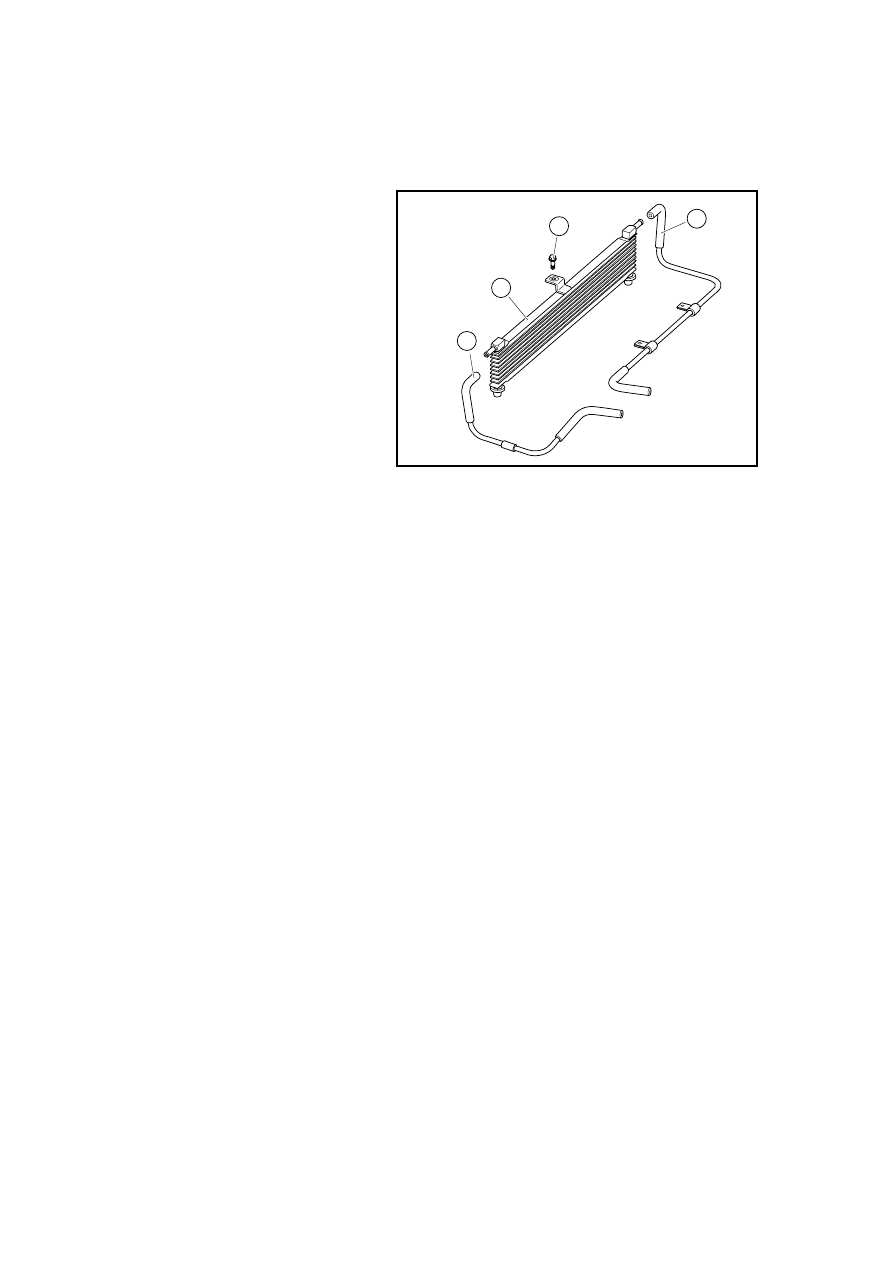содержание .. 144 145 146 147 148 ..
Geely Emgrand X7. Manual part - 147

2.8.8.6 oil cooler replacement (with DSIAuto-transmission )
Dismantlement Procedure
1. Disconnect the battery negative
electrode cable.
Refer
to
2.12.6.1 Battery Disconnection.
2. For drainage of automatic
transmission oil, refer to 3.4.7.3
Replacement procedures of
automatic transmission oil.
3. Dismantle oil cooler oil inlet
hose 1 .
4. Dismantle oil hose 2 of oil
cooler.
3. Dismantle oil cooler assembly
fixing bolt 3 .
4. Dismantle oil cooler assembly 4.
Installation Procedure:
1. Install oil cooler and tighten
fixing bolt.
2. Connect oil inlet and outlet hose
of oil cooler.
3. Filled Auto-transmission oil .
2
1
3
4
NL02-2002c
587